Exhibition dates: 17th October 2015 – 7th February 2016
Among the artists exhibited are: Emile Bernard, Edward Burne-Jones, Peter Behrens, Carlo Bugatti, Mariano For-tuny, Loïe Fuller, Emile Gallé, Paul Gauguin, Karl Gräser, Josef Hoffmann, Gustav Klimt, Fernand Khnopff, René Lalique, Elena Luksch-Makowsky, Charles R. Mackintosh, Madame D’Ora, Louis Majorelle, Paula Modersohn-Becker, William Morris, Alfons Mucha, Richard Riemerschmid, Dante Gabriel Rossetti, Louis C. Tiffany, Henry van de Velde.
Anonymous photographer
Sports at the beach in Wyk on the island of Föhr
Sanatorium Carl Gmelin, c. 1912
Collection The Ingwersen Family
© Fotoarchiv Ingwersen Wyk
What a memorable exhibition!
The presentation of the work is excellent, just what one would hope for, and the works themselves are magnificent – objects that you would hope existed, but didn’t know for sure that they did.
Particularly interesting are the use of large historical photographs of the objects in use in situ, behind the actual object itself; the presence of large three-dimensional structures (such as the Erkerzimmer for the Hotel Gallia in Nice, 1894-1900) built in the gallery; and the welcome lack of “wallpaper noise” (as I call it) that has dogged recent exhibitions at the National Gallery of Victoria (eg. the ongoing Andy Warhol / Ai Weiwei exhibition). It is so nice to be able to contemplate these objects without the additional and unnecessary “noise” of competing wallpaper behind each object.
The work itself reflects the time from which it emanates – visual, disruptive, psychological, technical, natural, beautiful and sensual – locating “Art Nouveau in its historical context of ideas as a reform movement with all its manifold facets and extremes. Adopting a particular focus on the relationship between nature and technology, [the exhibition] illuminates the most varied disciplines, ranging far beyond the movement of arts and crafts and reaching as far as the history of medicine and the technology of film-making… The ideal of superior craft in contrast to industrial articles collides with the commercial idea of competition and the marketing strategies at that time. Therefore the exhibition project manoeuvres at the intersection of utopia and capitalism.”
One of the most vital periods of creativity in all fields in recent history.
Dr Marcus Bunyan
Many thankx to the Museum für Kunst und Gewerbe Hamburg for allowing me to publish the photographs in the posting. Please click on the photographs for a larger version of the image.
Paul Gauguin (French, 1848-1903)
Manao Tupapau (The Ghost of the Dead awakens)
Manao Tupapau (Der Geist der Toten wacht) | Manao Tupapau (The Spirit Watches Over Her)
1894
Lithograph on zinc sheet
Sheet: 30.6 x 46cm
© Kunsthalle Bremen – Der Kunstverein in Bremen
Gustav Klimt (Austrian, 1862-1918)
Lying Female Nude
Vienna, 1914-1915
Pencil
37.6 x 57.1cm
© Wien Museum
Anne Brigman (American, 1869-1950)
The Wondrous Globe
1912
Photogravure (from Camera Work)
21.1 x 19.9cm
Museum für Kunst und Gewerbe Hamburg
© Museum für Kunst und Gewerbe Hamburg
George Méliès (French, 1861-1938) (Regie)
Le Voyage dans la Lune | Die Reise zum Mond | Voyage to the Moon
France, 1902
16 Min.
© BFI National Archive
A Trip to the Moon – the 1902 Science Fiction Film by Georges Méliès
A Trip to the Moon (French: Le Voyage dans la Lune) is a 1902 French silent film directed by Georges Méliès. It’s considered one of the first science fiction film.
A Trip to the Moon ( Le Voyage dans la Lune) is a 1902 French adventure film directed by Georges Méliès. Inspired by a wide variety of sources, including Jules Verne’s novels From the Earth to the Moon and Around the Moon, the film follows a group of astronomers who travel to the Moon in a cannon-propelled capsule, explore the Moon’s surface, escape from an underground group of Selenites (lunar inhabitants), and return to Earth with a captive Selenite. It features an ensemble cast of French theatrical performers, led by Méliès himself in the main role of Professor Barbenfouillis, and is filmed in the overtly theatrical style for which Méliès became famous.A Trip to the Moon was named one of the 100 greatest films of the 20th century by The Village Voice, ranked 84th. The film remains the best-known of the hundreds of films made by Méliès, and the moment in which the capsule lands in the Moon’s eye remains one of the most iconic and frequently referenced images in the history of cinema. It is widely regarded as the earliest example of the science fiction film genre and, more generally, as one of the most influential films in cinema history.
Fernand Khnopff (Belgian, 1858-1921)
Mask
c. 1897
Gypsum, mounted
18.5 x 28 x 6.5cm
© bpk, Hamburger Kunsthalle, Elke Walford
Installation photographs of the exhibition Art Nouveau. The Great Utopian Vision at Museum für Kunst und Gewerbe Hamburg
Damon & Colin (Maison Krieger)
Erkerzimmer for the Hotel Gallia in Nice
1894-1900
Museum für Kunst und Gewerbe Hamburg
© Museum für Kunst und Gewerbe Hamburg
Installation photographs of the exhibition Art Nouveau. The Great Utopian Vision at Museum für Kunst und Gewerbe Hamburg
Peter Behrens (German, 1868-1940)
Salonflügel aus dem Haus Behrens | Salon grand from house Behrens, Darmstadt
c. 1901
Execution: J. P. Schiedmayer Pianofortefabrik, Stuttgart; Intarsienwerkstatt G. Wölfel & Kiessling
Palisander, mahagony, maple, cherry and walnut, burl birch, partly coloured red, lapis lazuli and mother of peral inlay
H. 99cm x B. 150cm x 192cm
Museum für Angewandte Kunst, Köln
© Rheinisches Bildarchiv Köln
The Museum für Kunst und Gewerbe Hamburg (MKG) would like to dare a quite new approach to the epoch of the Art Nouveau in its exhibition project Art Nouveau. The Great Utopia. In contrast to the period about a century ago, when Art Nouveau was le dernier cri, it can be seen today not just as a mere historical stylistic era, but can open up parallels to complex phenomena familiar to visitors from their own experience: scarcity of resources and issues of what materials to use, precarious working conditions and consumer behaviour, the trade-off between ecological and aesthetic considerations in manufacturing processes or the desire for stylishly elegant, prestigious interior furnishings. These are just a few of the aspects which emerge as central motives common to both the reform movement of the years around 1900 and for the decisions facing today’s consumers. The exhibition has therefore been chosen in order to bring out as clearly as possible in this new setting the roots of the ideas and motives which informed Art Nouveau. The new presentation still revolves, for instance, around the World Exhibition of 1900 as an international platform of modern design. Furthermore the flight away from European industrialisation and the march of technology to imagined places of yearning such as the Middle Ages or nature is highlighted.
A further aspect is the change in the way people experienced their bodies in the fashion of the rational dress reform movement and modern dance. The exhibition project will attempt to locate Art Nouveau in its historical context of ideas as a reform movement with all its manifold facets and extremes. Adopting a particular focus on the relationship between nature and technology, it illuminates the most varied disciplines, ranging far beyond the movement of arts and crafts and reaching as far as the history of medicine and the technology of film-making. The exhibits can be read as artistic positions that address technological innovation as well as theories from Karl Marx (1818-1883) to Sigmund Freud (1856-1939). The ideal of superior craft in contrast to industrial articles collides with the commercial idea of competition and the marketing strategies at that time. Therefore the exhibition project manoeuvres at the intersection of utopia and capitalism. Visitors will be able to see paintings, sculptures, drawings and prints, posters, books, tapestries, reform dresses, photo-graphs and films as well as scientific and historical medical apparatus and models.
Text from the Museum für Kunst und Gewerbe Hamburg website
Rudolph Dührkoop (German, 1848-1918)
Kopf mit Heiligenschein | Head with Halo
1908
Platinotype
21 x 16cm
Museum für Kunst und Gewerbe Hamburg
© Museum für Kunst und Gewerbe Hamburg
Gabriel Charles Rossetti (English, 1828-1882)
Helena von Troja | Helen of Troy
1863
Oil on mahogany
32.8 x 27.7cm
Hamburger Kunsthalle
© bpk, Hamburger Kunsthalle
Photo: Elke Walford
Paula Modersohn-Becker (German, 1876-1907)
Kniender Mädchenakt vor blauem Vorhang | Kneeling Nude Girl
Worpswede, 1906/1907
Oil on canvas
72 x 60cm
© Landesmuseum Oldenburg, H. R. Wacker – ARTOTHEK
Unknown photographer
Ein Bogenschütze “Naturmenschenkolonie” bei Zürich | Archer “Naturmenschenkolonie” near Zurich
Naked archer, member of a nudists’ community in Zurich, Switzerland
1910
From Berliner Illustrierte Zeitung, Nr. 34, 1910
© Ullstein Bild
Ferdinand Hodler (Swiss, 1853-1918)
Die Kindheit | Childhood
c. 1894
Oil on canvas
50 x 31cm
© Städel Museum – U. Edelmann – ARTOTHEK
Elena Luksch-Makowsky (Russian, 1878-1967)
Adolescentia
1903
Oil on canvas
172 x 79cm
Österreichische Galerie Belvedere, Wien
© Österreichische Galerie Belvedere, Wien
Atelier d’Ora (Dora Philippine Kallmus) (1881-1963)
Rotes Haar | Red Hair
1911
Gummidruck
38 x 28.2cm
Museum für Kunst und Gewerbe Hamburg
© Museum für Kunst und Gewerbe Hamburg
Alfons Mucha (Czech, 1860-1939)
Salon des Cent
Paris, 1896
Lithograph
63.5 x 46cm
Museum für Kunst und Gewerbe Hamburg
© Museum für Kunst und Gewerbe Hamburg
Alfons Mucha (Czech, 1860-1939)
Salon des Cent
Paris, 1897
Lithograph
63.5 x 46cm
Museum für Kunst und Gewerbe Hamburg
© Museum für Kunst und Gewerbe Hamburg
Eugène Grasset (Swiss, 1845-1917)
Print: G. de Malherbe, Zinkätzung
Ausstellungsplakat für eine eigene Ausstellung im Salon des Cent | exhibition poster for his own exhibition at Salon des Cents
1894
Stencil
60 x 40cm
Museum für Kunst und Gewerbe Hamburg
© Museum für Kunst und Gewerbe Hamburg
Verm. Albert Londe (French, 1858-1917)
Hysterischer Anfall (Bâillement hystérique) | Hysterics
Silver print
9 x 12cm
Bibliothèque de Toulouse
© Bibliothèque Municipale de Toulouse
Albert Londe (1858-1917) was an influential French photographer, medical researcher and chronophotographer. He is remembered for his work as a medical photographer at the Salpêtrière Hospital in Paris, funded by the Parisian authorities, as well as being a pioneer in X-ray photography. During his two decades at the Salpêtrière, Albert Londe developed into arguably the most outstanding scientific photographer of his time.
In 1878 neurologist Jean-Martin Charcot hired Londe as a medical photographer at the Salpêtrière. In 1882 Londe devised a system to photograph the physical and muscular movements of patients (including individuals experiencing epileptic seizures). This he accomplished by using a camera with nine lenses that were triggered by electromagnetic energy, and with the use of a metronome he was able to sequentially time the release of the shutters, therefore taking photos onto glass plates in quick succession. A few years later Londe developed a camera with twelve lenses for photographing movement. In 1893 Londe published the first book on medical photography, titled La photographie médicale: Application aux sciences médicales et physiologiques. In 1898 he published Traité pratique de radiographie et de radioscope: technique et applications médicales.
Text from the Wikipedia website
Paul Gauguin (French, 1848-1903)
Vase mit Selbstbildnis | Vase with self-portrait
1889
Stoneware, engobe, copper and oxblood glaze
19.5 x 12cm
Designmuseum Danmark, Kopenhagen
Photo: Pernille Klemp
Ernst Haeckel (German, 1834-1919)
Discomedusae – Scheibenquallen | Scyphozoans
Table 8 from Ernst Haeckel, Kunstformen der Natur, Leipzig und Wien
1904
© Museum für Kunst und Gewerbe Hamburg
Eugène Feuillâtre (French, 1870-1916)
Vase “La Mer”
c. 1900
Cloisonné enamel, gilded copper
37.5cm
Petit Palais, Musée des Beaux-Arts de la Ville de Paris
© Petit Palais, Musée des Beaux-Arts de la Ville de Paris
The goldsmiths and jewellers of the second half of the nineteenth century constantly strove to perfect and develop the techniques of enamelling for artistic purposes. Eugène Feuillâtre, who headed the Lalique enamelling workshop before opening his own workshop in 1897, specialised in enamel on silver. The dilatation of the metal and its reactions with the colouring agents made this technique difficult. But it allowed Feuillâtre to obtain the blurred, milky, pearly tones that are so characteristic of his work. Feuillâtre’s use of colours illustrates his ability to choose materials to suit the effect he wanted. He is one of the craftsmen whose talent swept artistic enamelling to a veritable apotheosis about 1900.
Daum Frères (Hersteller | Manufacturer)
Vase in Kürbisform | Vase formed like a pumpkin
Nancy c. 1909
Cameo glass, mould blown, etched and cut
29.2 x 11.7cm
Düsseldorf, Museum Kunstpalast
© Museum Kunstpalast – Horst Kolberg – ARTOTHEK
Louis C. Tiffany (American, 1848-1933)
Pond Lily-Lampe | Pont Lily-lamp
New York, 1900, execution around 1910
Favrile glass, Bronze
57cm
Museum für Kunst und Gewerbe Hamburg
© Museum für Kunst und Gewerbe Hamburg
Albert Klein (German, 1871-1926)
Irisvase
1900
Execution: Königliche Porzellanmanufaktur, Berlin
Porcelain with glaze and sculptural decoration
61.5cm
Bröhan-Museum
© Bröhan-Museum
Photo: Martin Adam, Berlin
William Morris (British, 1834-1896)
Decoration fabric Strawberry Thief
London, 1883
Execution: Morris & Co., Merton Abbey/Surrey, 1883
Cotton, indigo discharge print, block print, 3-coloured
518 x 98cm, Rapport 51 x 45cm
Museum für Kunst und Gewerbe Hamburg
© Museum für Kunst und Gewerbe Hamburg
William Morris (British, 1834-1896)
Decoration fabric Strawberry Thief (detail)
London, 1883
Execution: Morris & Co., Merton Abbey/Surrey, 1883
Cotton, indigo discharge print, block print, 3-coloured
518 x 98cm, Rapport 51 x 45cm
Museum für Kunst und Gewerbe Hamburg
© Museum für Kunst und Gewerbe Hamburg
René Lalique (French, 1860-1945)
Haarkamm | Hair comb
1898-1899
Horn, gold, enamel
15.5cm
Designmuseum Danmark, Kopenhagen
Photo: Pernille Klemp
Unknown maker
Tageskleid einer Suffragetten-Sympathisantin | Day dress of a sufragette sympathiser
England, 1905-1909
Studio work or self-made, cotton, canvas lining, machine-made lace
L. 143cm
Museum für Kunst und Gewerbe Hamburg
© Museum für Kunst und Gewerbe Hamburg
Mariano Fortuny y Madrazo (designer) (Spanish, 1871-1949)
Damenkleid Delphos | Lady’s dress Delphos
Venice, 1911-1913
Label: Mariano Fortuny Venise
Pleated silk satin, silk cord, Murano glass beads
L. 148cm
Museum für Kunst und Gewerbe Hamburg
© Museum für Kunst und Gewerbe Hamburg
Carlo Bugatti (Italian, 1856-1940)
Stuhl | Chair
Milan, 1902
Oak, parchment, brass
98 x 48 x 48cm
Museum für Kunst und Gewerbe Hamburg
© Museum für Kunst und Gewerbe Hamburg
Karl Gräser (Austro-Hungarian, 1849-1899)
Sessel im Stil seiner Zimmereinrichtung auf dem Monte Verità | Chair in the style of his room furnishings on Monte Verità
Museum Casa Anatta, Monte Verità, Ascona, um Verità 1910
Unhandeled branches, wooden panel
84 x 66 x 60cm
Photo: Elena Mastrandrea
© Museum für Kunst und Gewerbe Hamburg
In the nineteenth century, Europe is shaken by the arrival of industrialisation which upsets the social organisation. This crisis is particularly felt in Germany where signs of rejection of the industrial world appear as early as 1870. Thus, in response to the urbanisation generated by a new organisation of work, Naturism appears. Attempting to flee the pollution of the cities, to create communities and “garden city” to live in harmony with nature. Those who share this view soon gather around the movement of Reform of the life (Lebensreform, 1892). The movement attracts followers of vegetarianism, naturism, spiritism, natural medicines, the Hygienism, the Theosophical Society, as well as artists.
In 1889, Franz Hartmann, German astrologer and Alfredo Pioda, a local man into progressive politics, both loving theosophical theories under strong Hindu influence, launched the idea of a “secular monastery” bringing together individuals “regardless of race, creed, sex, caste or colour. ” But nothing came of it. Eleven years later, he resurfaced with seven young men from good families, born in Germany, Holland, Slovenia and Montenegro, who landed in Ascona (Switzerland), attracted by the beauty of the place, its climate and possible telluric forces which the place would wear. The clan consists of Henri Oedenkoven (son of wealthy industrialists Antwerp), Karl Gräser (former officer of the Imperial Army, founder of the peace group Ohne Zwang, Unconstrained), his brother, the painter Gustav Gräser, Ida Hoffman (a feminist intellectual) Jeny and her sister, Lotte Hattemer (a beautiful young girl with anarchist ideas, breaking with a father who nonetheless supports herself needs) and Ferdinand Brune.
Spiritualist sects, pharmacists, nudists, philosophical circles, feminist movements, pacifists, socialists, libertarians, gurus, Theosophists, come together to form a nebula of more or less related interest, a band that will unite in a place that combines lifestyle and utopian effervescence. The hill is named Monte Verità, the Mountain of the truth. The group advocated free love, equality between men and women, they gardening scantily clad (or bare), alcohol was banned, meals consist of raw vegetables and fruits. As often, the ideal was overtaken by reality: after several months of reciprocity disagreement appears, especially between Henry Oedenkoven, who plans to open a place of cure, and the brothers Gräser. They who dedicate themselves to self-sufficiency and barter reject this conversion to money. Monte Verita knowns immediately two trends: the bourgeois dream paradise enjoying the modern comfort (water, electricity) and potentially profitable; and aspiration of returning to a liberated state of nature.
L.M.L.M. “Karl Gräser,” text translated from the La Maud La Maud website January 23, 2014 [Online] Cited 30/01/2016
Unknown photographer
Monte Verita
c. 1900
Charles Rennie Mackintosh (Scottish, 1868-1928)
Stuhl für den Argyle Tea Room | Chair for the Argyle Tea Room
Glasgow, 1897
Oak, stained
81cm x 60cm x 45cm
Museum für Kunst und Gewerbe Hamburg
© Museum für Kunst und Gewerbe Hamburg
Museum für Kunst und Gewerbe Hamburg
Steintorplatz, 20099 Hamburg
Opening hours:
Tuesday to Sunday 10 am – 6 pm
Thursday 10 am – 9 pm
Closed Mondays








































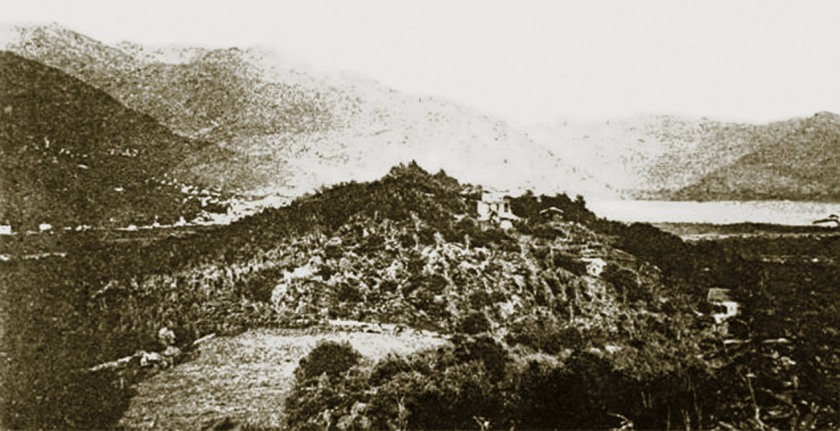

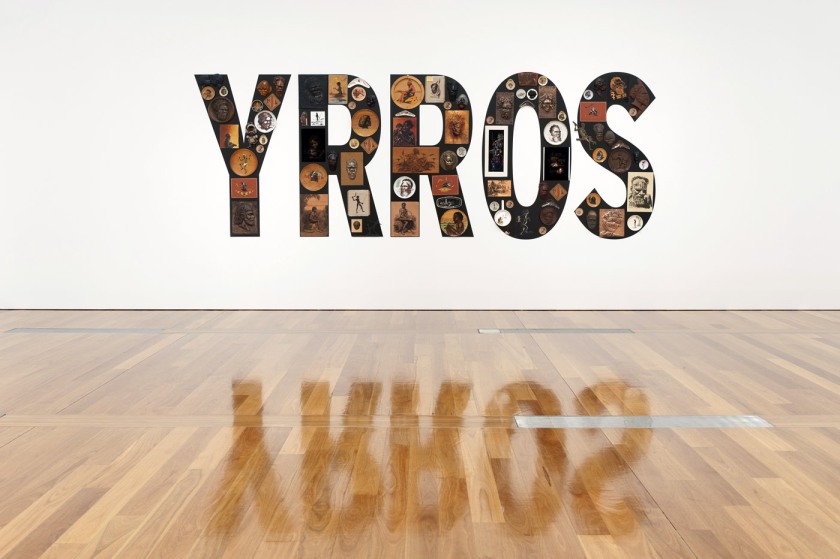
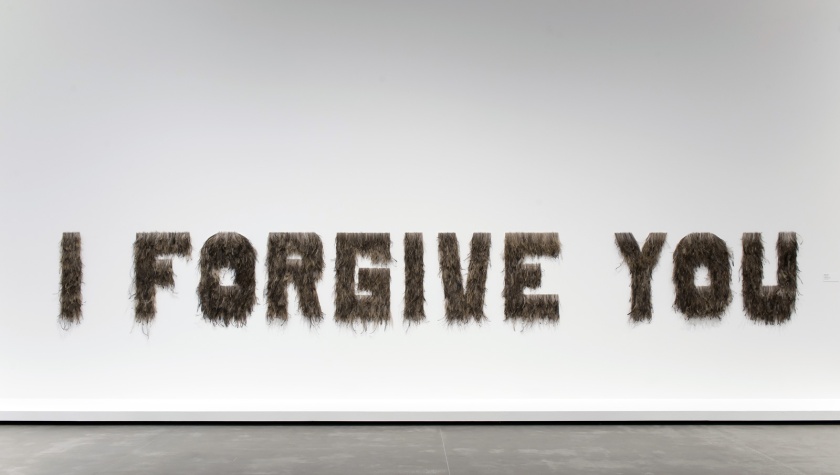

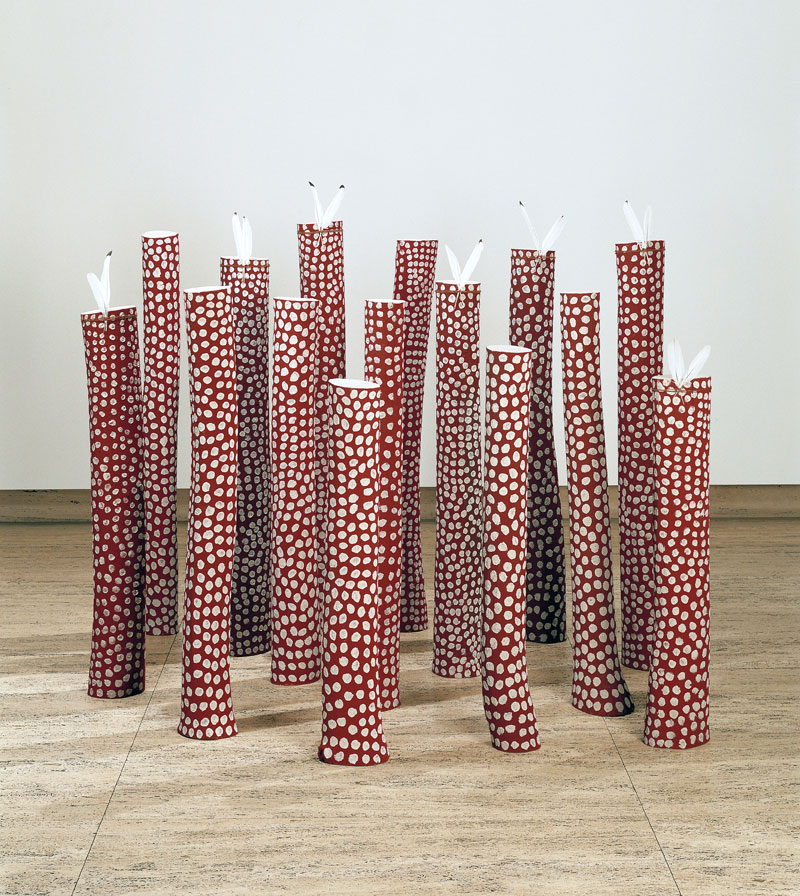
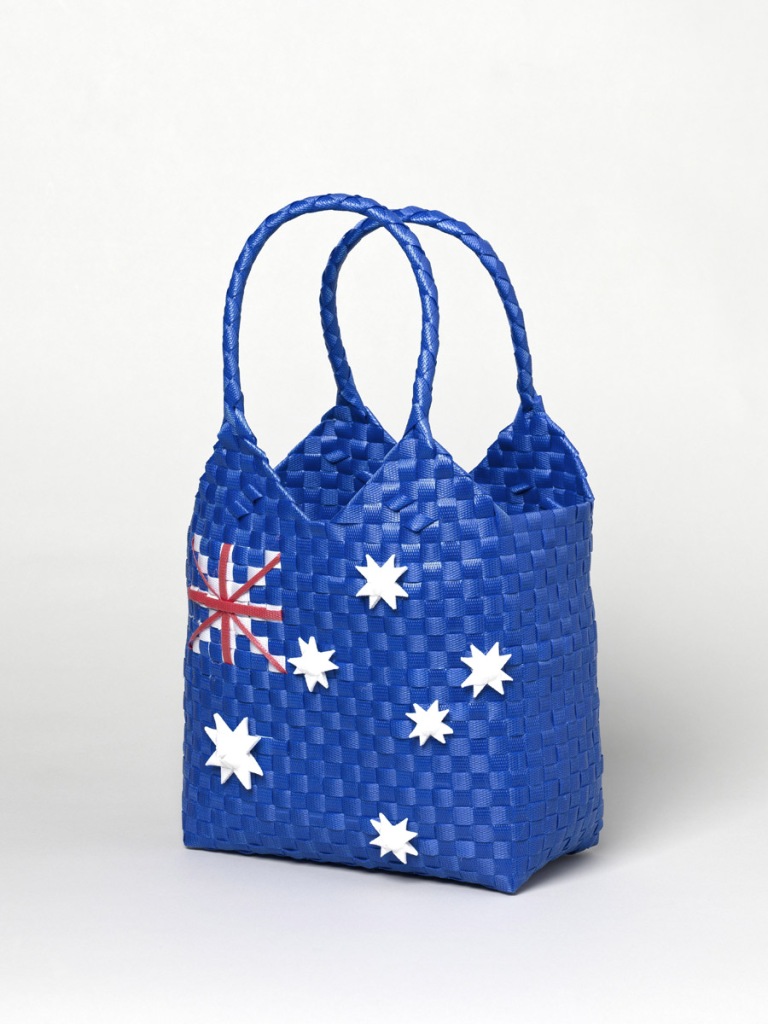
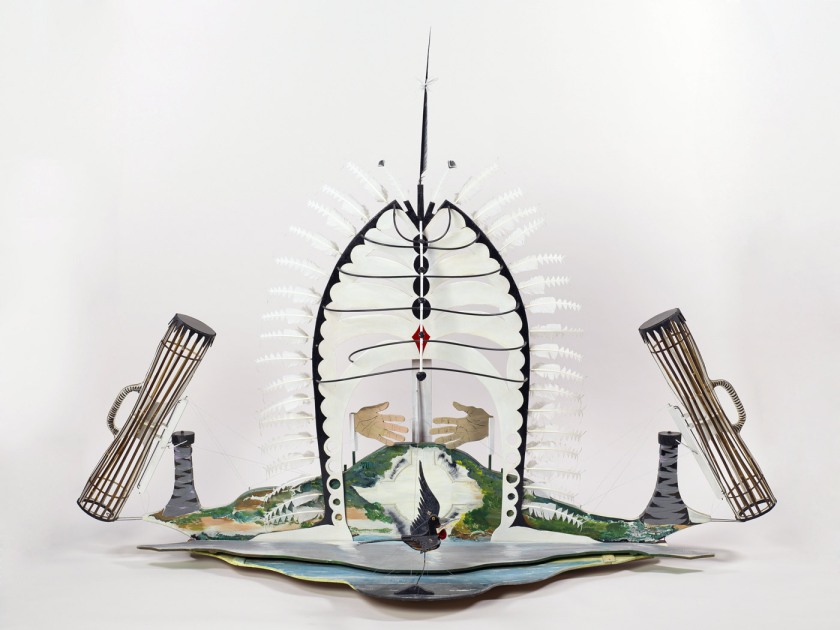
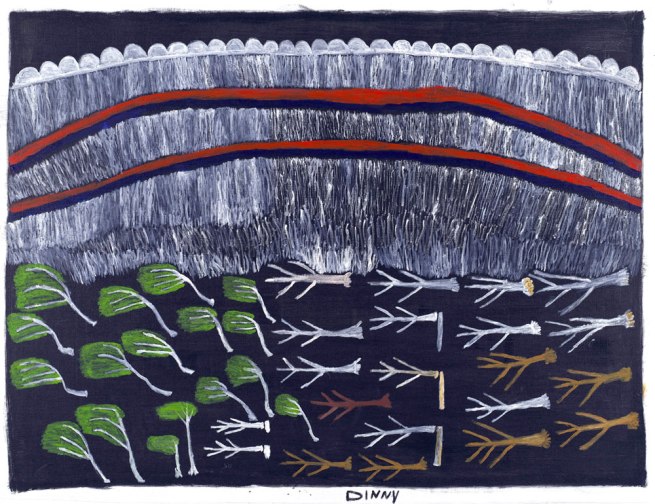

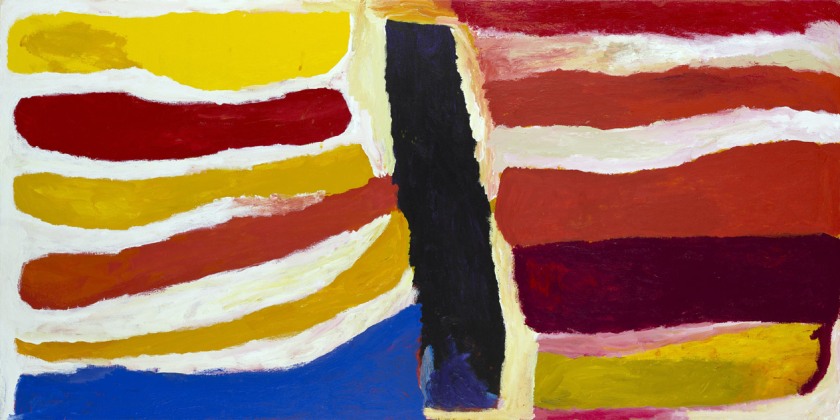


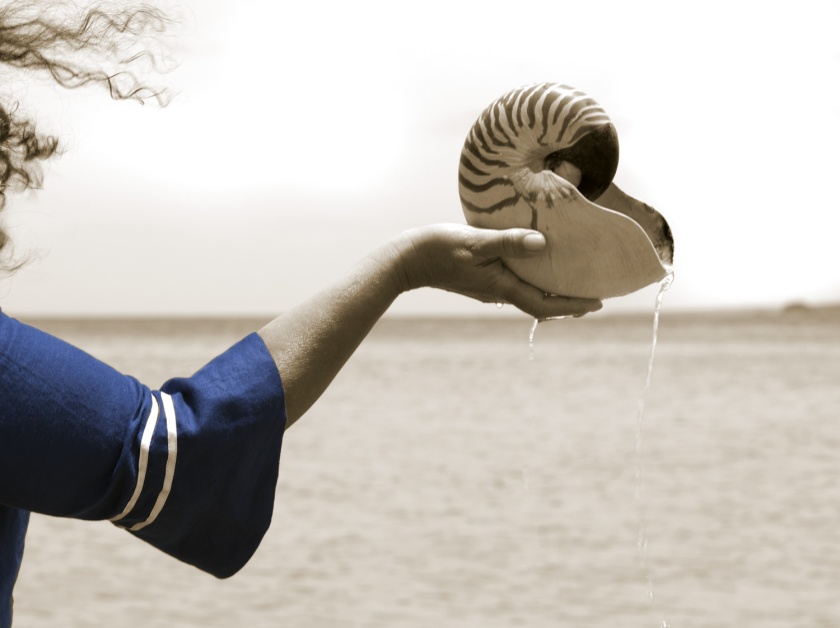
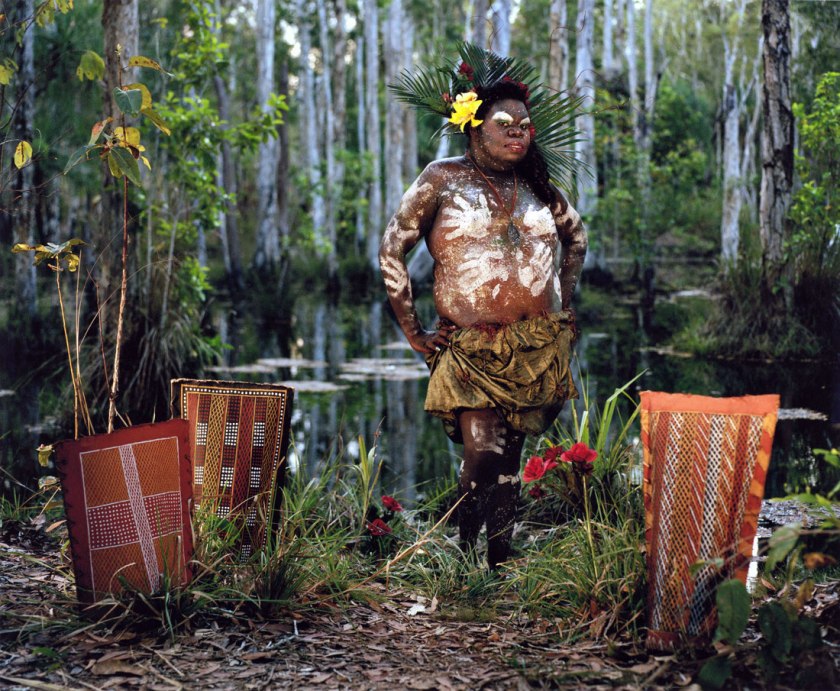
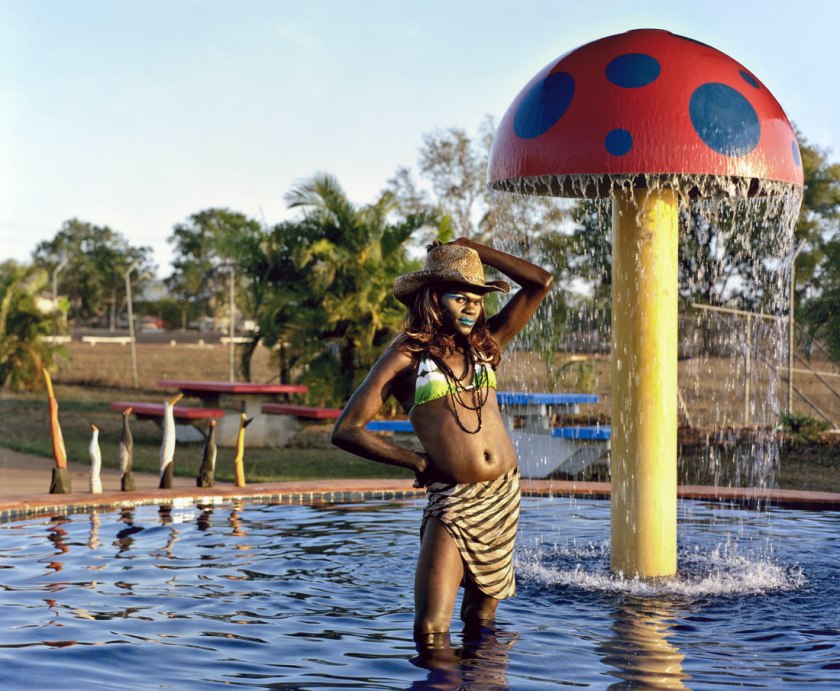


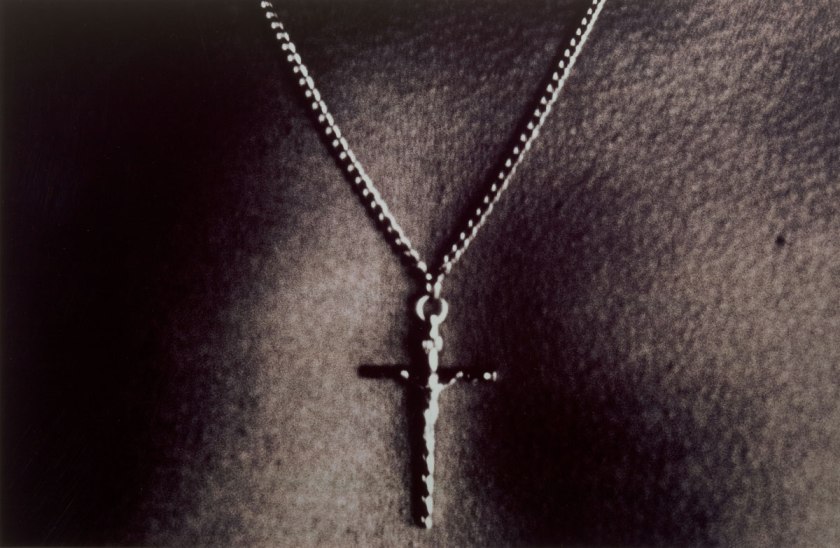

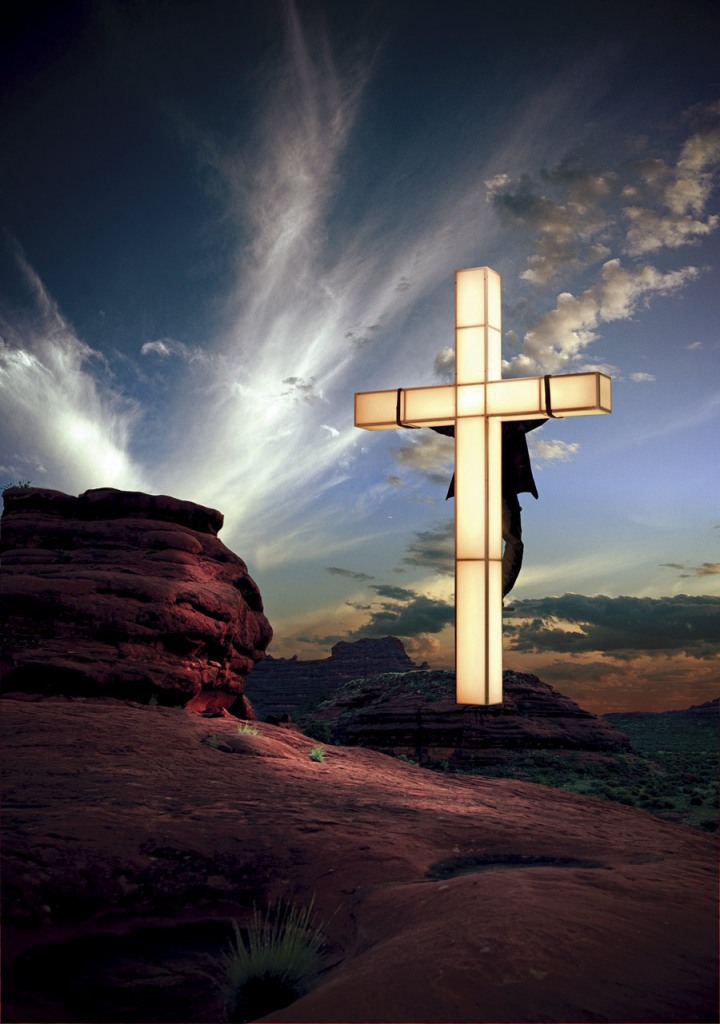









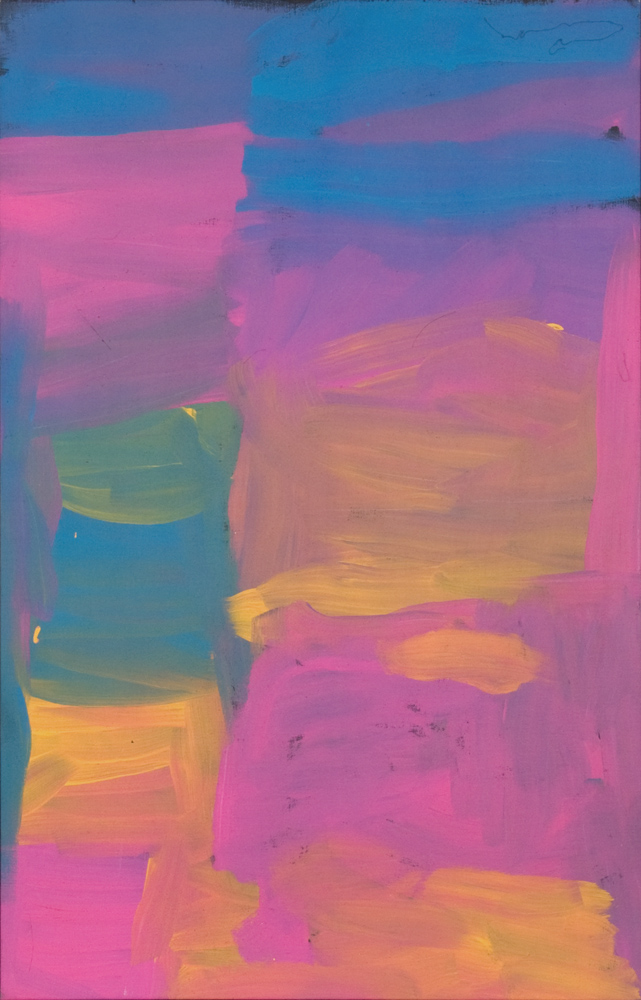







You must be logged in to post a comment.